Networking equipment interconnects devices so that data can be shared between them. The layout or topology of these connected devices describes the network's design or structure. Common topologies for computer networks include bus, ring, star, tree, and mesh. Hybrid topologies are also used.
Computer networks handle data according to protocols that are fundamental for network communications. Network protocols specify the software attributes of data communications. Depending upon the type of network, frames may be called blocks, cells, packets or segments. Network protocols may also prescribe some or all of the operational characteristics of the network hardware on which they run.

Routers
A router is a networking device that forwards data packets between computer networks. Routers perform the traffic directing functions on the Internet. A data packet is typically forwarded from one router to another router through the networks that constitute the internetwork until it reaches its destination node.
A router is connected to two or more data lines from different networks. When a data packet comes in on one of the lines, the router reads the address information in the packet to determine the ultimate destination.
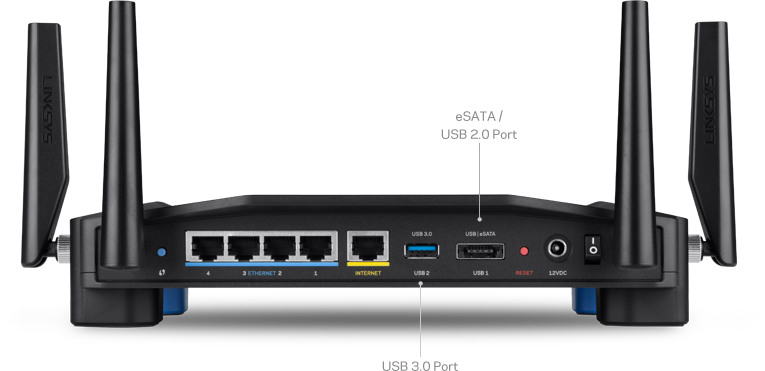
Switch
In a telecommunications network, a switch is a device that channels incoming data from any of multiple input ports to the specific output port that will take the data toward its intended destination. In the traditional switched telephone network, one or more switches are used to set up a dedicated though temporary connection or circuit for an exchange between two or more parties.
On an Ethernet local area network (LAN), a switch determines from the physical device (Media Access Control or MAC) address in each incoming message frame which output port to forward it to and out of. In a wide area packet-switched network such as the Internet, a switch determines from the IP address in each packet which output port to use for the next part of its trip to the intended destination.

Cables
Networking cables are networking hardware used to connect one network device to other network devices or to connect two or more computers to share printers, scanners, routers, switches, etc. Different types of network cables, such as coaxial cable, optical fiber cable, and twisted pair cables, are used depending on the network's physical layer, topology, and size:
- Coaxial Cables
Invented in the 1880s, "coax" was best known as the kind of cable that connected television sets to home antennas. Coaxial cable is also a standard for 10 Mbps cables.
When 10 Mbps Ethernet was most popular, in the 1980s and early 1990s, networks typically utilized one of two kinds of coax cable - thinnet (10BASE2 standard) or thicknet (10BASE5). These cables consist of an inner copper wire of varying thickness surrounded by insulation and another shielding. Their stiffness caused network administrators difficulty in installing and maintaining thinnet and thicknet.

- Twisted Pair Cables
Twisted pair eventually emerged during the 1990s as the leading cabling standard for Ethernet, starting with 10 Mbps (10BASE-T, also known as Category 3 or Cat3), later followed by improved versions for 100 Mbps (100BASE-TX, Cat5, and Cat5e) and higher speeds up to 10 Gbps (10GBASE-T). Ethernet twisted pair cables contain up to eight (8) wires wound together in pairs to minimize electromagnetic interference.

- Fiber Optics
Instead of insulated metal wires transmitting electrical signals, fiber optic network cables work using strands of glass and pulses of light.
These network cables are bendable despite being made of glass. They have proven especially useful in wide area network (WAN) installations where long distance underground or outdoor cable runs are required and also in office buildings where a high volume of communication traffic is common.
Two primary types of fiber optic cable industry standards are defined – single-mode (100BaseBX standard) and multimode (100BaseSX standard). Long-distance telecommunications networks more commonly use single-mode for its relatively higher bandwidth capacity, while local networks typically use multimode instead due to its lower cost.

Host
A host (also known as "network host") is a computer or other device that communicates with other hosts on a network. Hosts on a network include clients and servers -- that recieve or send data, services or applications.
Hosts typically do not include intermediary network devices like switches and routers, which are instead often categorized as nodes on the network. A node is also a broader term that includes anything connected to a network, while a host requires an IP address. In other words, all hosts are nodes, but network nodes are not hosts unless they require an IP address to function.
On a TCP/IP network, each host has a host number that, together with a network identity, forms its own unique IP address. In the Open Systems Interconnection (OSI) model, protocols in the transport layer, also known as Layer 4, are responsible for communication between hosts. Hosts use various protocols to communicate, including transmission control protocol (TCP) and User Datagram Protocol (UDP).

Other:
Networking devices may also include gateways, network bridges, modems, wireless access points, line drivers, hubs, and repeaters; and may also include hybrid network devices such as protocol converters, bridge routers, proxy servers, firewalls, network address translators, multiplexers, network interface controllers, wireless network interface controllers, ISDN terminal adapters and other related hardware.
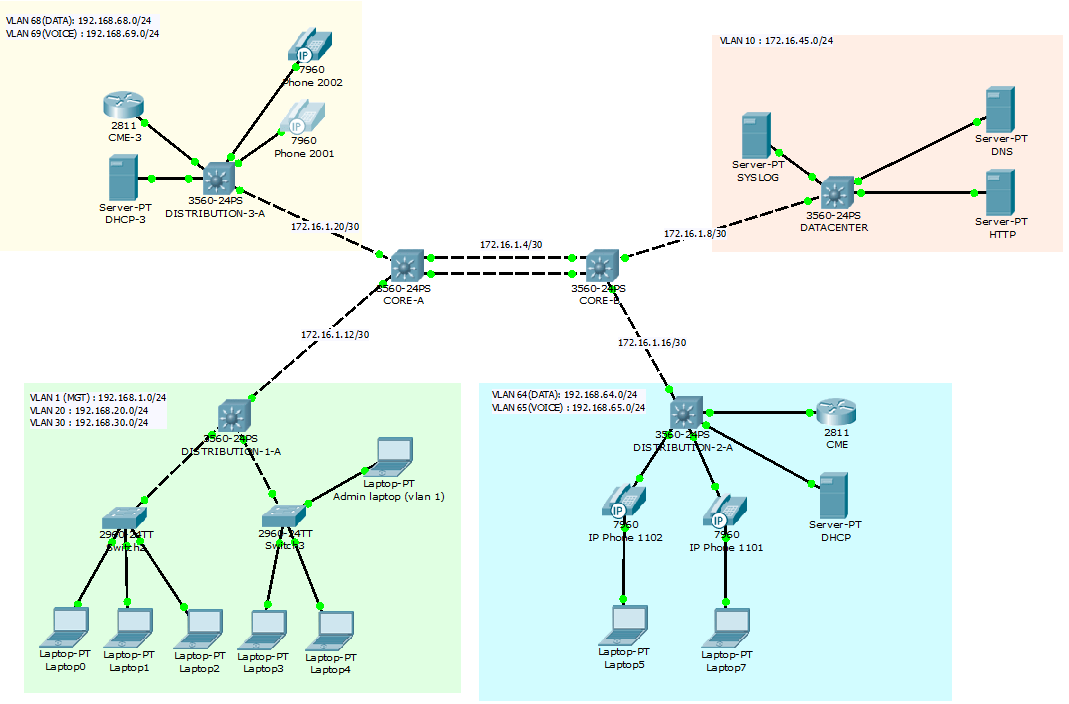
Twitter: Jason
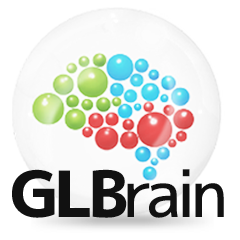
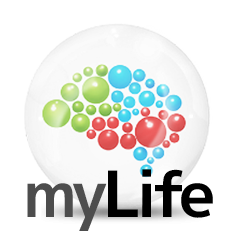
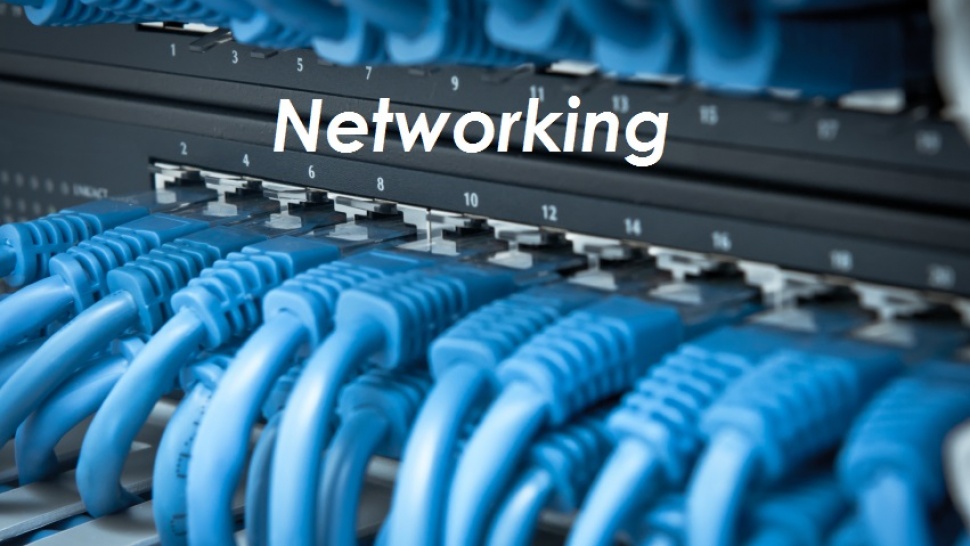

Share the News